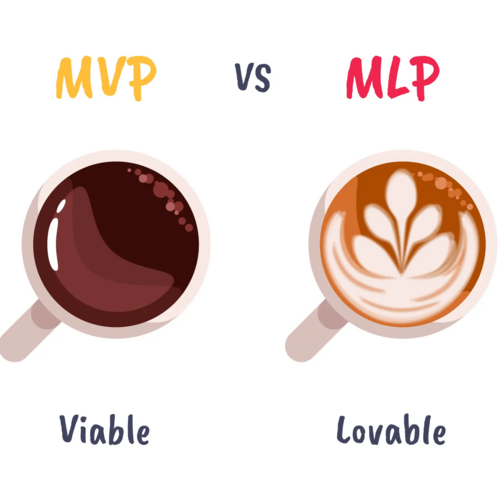Freemium models have become increasingly popular among businesses seeking to monetize their products or services. This model allows companies to offer a basic version of their product or service for free while charging a premium for advanced features or additional content. In this article, we will discuss the benefits and drawbacks of using a freemium model to monetize a product or service, as well as provide some tech company examples.
Benefits of Freemium Models:
- Customer Acquisition: Freemium models allow businesses to acquire a large number of users or customers quickly. By offering a basic version of the product or service for free, businesses can attract customers who may not have otherwise tried the product or service. This can result in increased brand awareness and customer loyalty.
- Reduced Risk: Freemium models allow businesses to test their product or service in the market with minimal risk. By offering a free version, businesses can gather feedback and adjust their product or service accordingly before investing heavily in advanced features or additional content.
- Monetization: Freemium models allow businesses to monetize their product or service without relying solely on traditional advertising or sales. By offering a premium version, businesses can generate revenue from customers who value advanced features or additional content.
- Data Collection: Freemium models allow businesses to collect valuable data on their users or customers. By monitoring usage patterns and collecting feedback, businesses can improve their product or service and tailor their marketing efforts to specific user segments.
Drawbacks of Freemium Models:
- Conversion Rate: Freemium models rely on a low conversion rate of free users to premium users. Businesses must balance the number of free users with the conversion rate to ensure profitability. If too few users convert to the premium version, the business may struggle to generate revenue.
- Cost of Development: Freemium models can be costly to develop and maintain. Businesses must invest in creating a basic version of their product or service that is still functional and valuable to the user while also investing in advanced features or additional content that will attract premium users.
- User Expectations: Freemium models can create unrealistic user expectations. Free users may expect to have access to all features or content, leading to frustration or disappointment when they are limited to the basic version. This can result in negative reviews and damage to the brand.
- Competition: Freemium models can lead to increased competition. As more businesses adopt the freemium model, users may have access to multiple free options, reducing the likelihood of conversion to the premium version.
Some Examples:
- Dropbox: Dropbox offers a basic version of their cloud storage service for free with limited storage capacity. They charge a premium for additional storage and advanced features such as offline access and team collaboration tools.
- LinkedIn: LinkedIn offers a basic version of their social networking platform for free with limited features such as limited access to search results and messaging capabilities. They charge a premium for additional features such as access to the full search results and premium customer support.
- Spotify: Spotify offers a free version of their music streaming service with limited features such as ads and limited skip options. They charge a premium for ad-free listening and unlimited skip options, as well as access to exclusive content.
In conclusion, freemium models can be a highly effective way for businesses to monetize their products or services. However, it is important for businesses to carefully balance the number of free users with the conversion rate to ensure profitability. By investing in the development of a basic version of the product or service and offering premium features or content, businesses can generate revenue and build customer loyalty.




